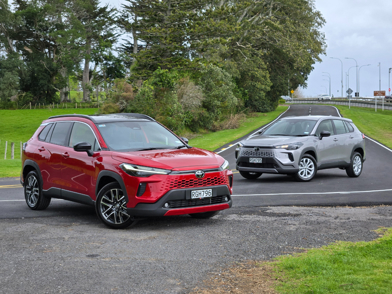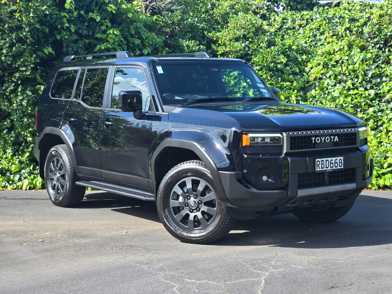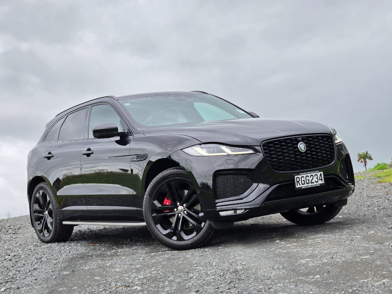We started at the top with our previous Cupra Terramar review: the all-singing $91,900, 190kW VZ. This one sits at the other extreme: it’s the entry-level $70,500, 110kW V.
Click here to read our full review of the Cupra Terramar VZ.
Last time, we argued Cupra models start naturally at the high-end and work their way down; so the V definitely has the feel of a Terramar with less, rather than being a base upon which the VZ is built.
But is a Terramar with less… less good? We back-to-backed this one with the VZ and yes, due to the magic of publishing schedules, we’d already driven both when we wrote about the fancy one. So believe us when we’ve been saving up to say that the V has a charm all its own.
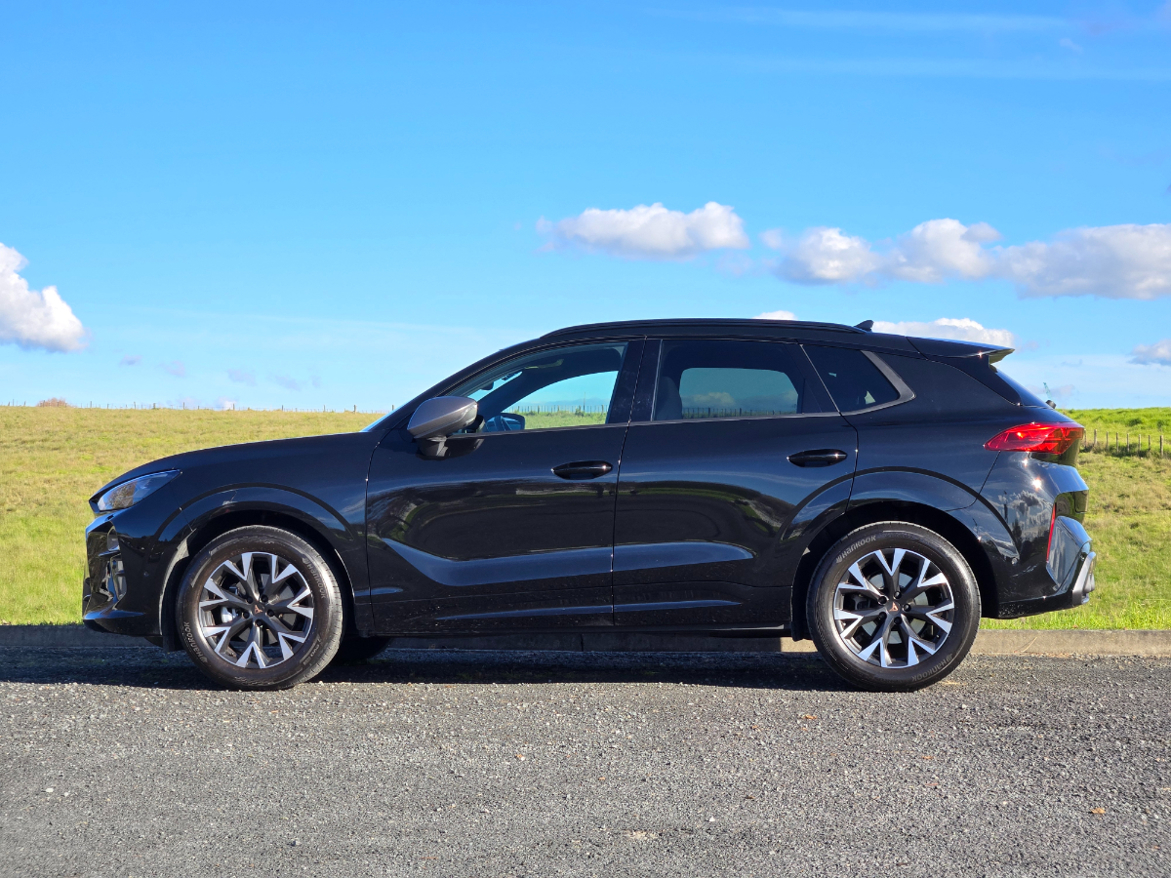
As it should, because it’s not exactly cheap. Entry-level it may be, but $70k-plus puts it well above the medium-SUV mainstream. And perhaps more to the point, $10k above Volkswagen’s entry-level Tiguan (which is a sister SUV under the skin).
The V definitely has the feel of a Terramar with less, rather than being a base upon which the VZ is built. But is a Terramar with less… less good?
Whether you can swallow the Cupra badge as being more premium than established brands is entirely up to you, but we reckon the Terramar V is still a cut above in look and driver appeal.
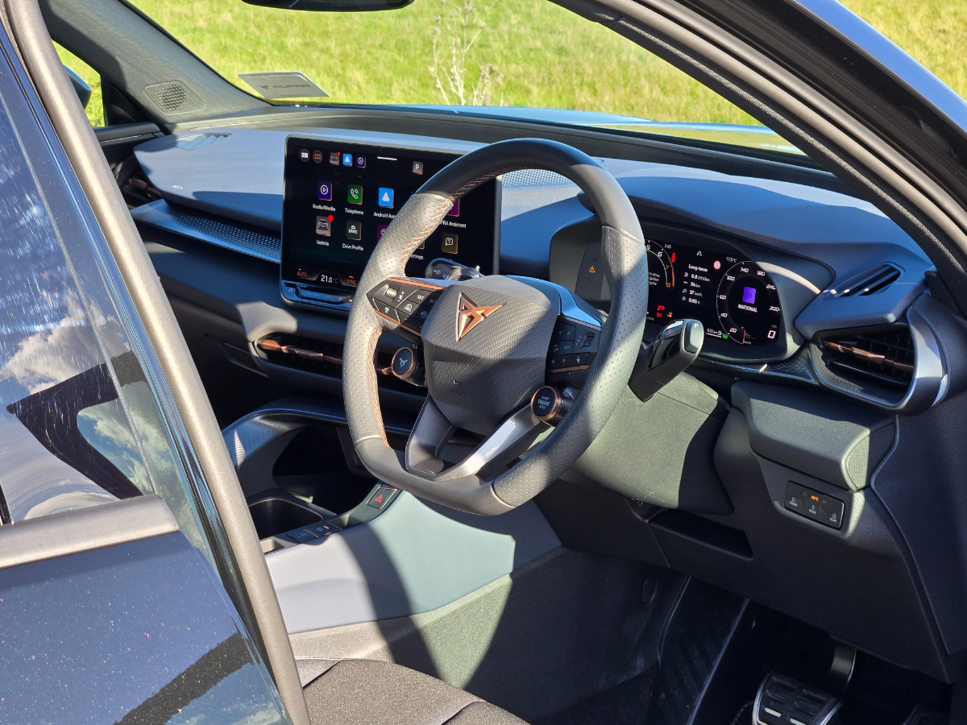
And equipment. You’re still getting a pretty luxurious experience, with features like fully automatic locking and unlocking, triple-zone climate control and a heated steering wheel (but no heated seats - read on).
We prefer the interior style of the V to the VZ; instead of the sober tones and Black Dinamica upholstery, you get a subtle shade of blue on the dashboard and Seaqual upholstery.
In fact, the V lacks very little in cabin equipment even compared to the VZ. The most significant omissions are the bucket sports seats with heating and power adjustment (available as part of a trim pack for $2000) and fancy Sennhesier sound system ($1300 extra for the V).

We actually preferred the interior style of the V to the VZ; instead of the sober tones and Black Dinamica upholstery, you get a subtle shade of blue on the dashboard and Seaqual upholstery, which is made from recycled plastic including 10% ocean waste (to be fair, Dinamica microfibe is 73% recycled too). “Vegan” trim is not always nice, but Seaqual really is; you’ll also find it in the new Volkswagen ID. Buzz Pro.
The V will get to 100km/h in an energetic-feeling but not-so-fast 9.3 seconds. It feels more lively than that, to be honest.
The 1.5-litre is modest on paper but very perky in practice, and works more smoothly with the dual-clutch transmission in city driving than the VZ’s 2.0-litre. That’s partly because it has a lot less grunt of course, but it’s also a mild hybrid (which gives it one-up on the ICE-only entry Tiguan), getting a little tweak from a starter-generator at low speed and “sailing” quite a lot, shutting down the engine and letting the car coast before seamlessly switching on again.

And yes, it’s properly thrifty if you want it to be. The official number is 5.8l/100km and that’s achievable on the open road if you drive carefully, but even in normal use we got 6s on the motorway and 7s in town.
The V will get to 100km/h in an energetic-feeling but not-so-fast 9.3 seconds. It feels more lively than that to be honest, and more importantly the chassis has a genuinely nimble feel. At 1686kg it’s at least 100kg lighter than any other Terramar (and up to 250kg lighter than some). All Terramars have Dynamic Steering as standard, adjusting the ratio according to the turn.
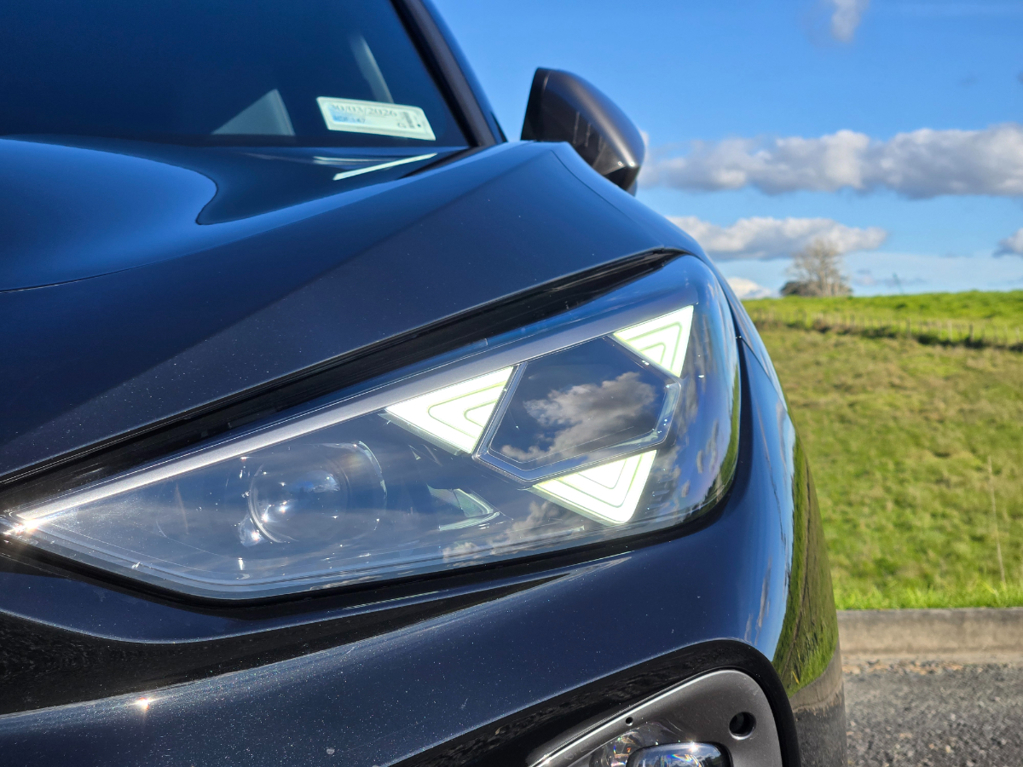
At this point we have to talk about lights. Fancy lights are a Cupra thing and although the V has the sharp-looking triangular LEDs, for $3500 you can go for the whole high-def adaptive illumination thing. Which is tempting. But it’s also relevant here, because it’s bundled with dynamic chassis control, which brings adaptive dampers that you can adjust to 15 different levels of fitness via the infotainment screen.
Not strictly necessary when the basic car is so well-sorted, but it does add more nuance to the drive modes… because you only get three in the V: Comfort, Performance and Individual (the VZ boasts five).
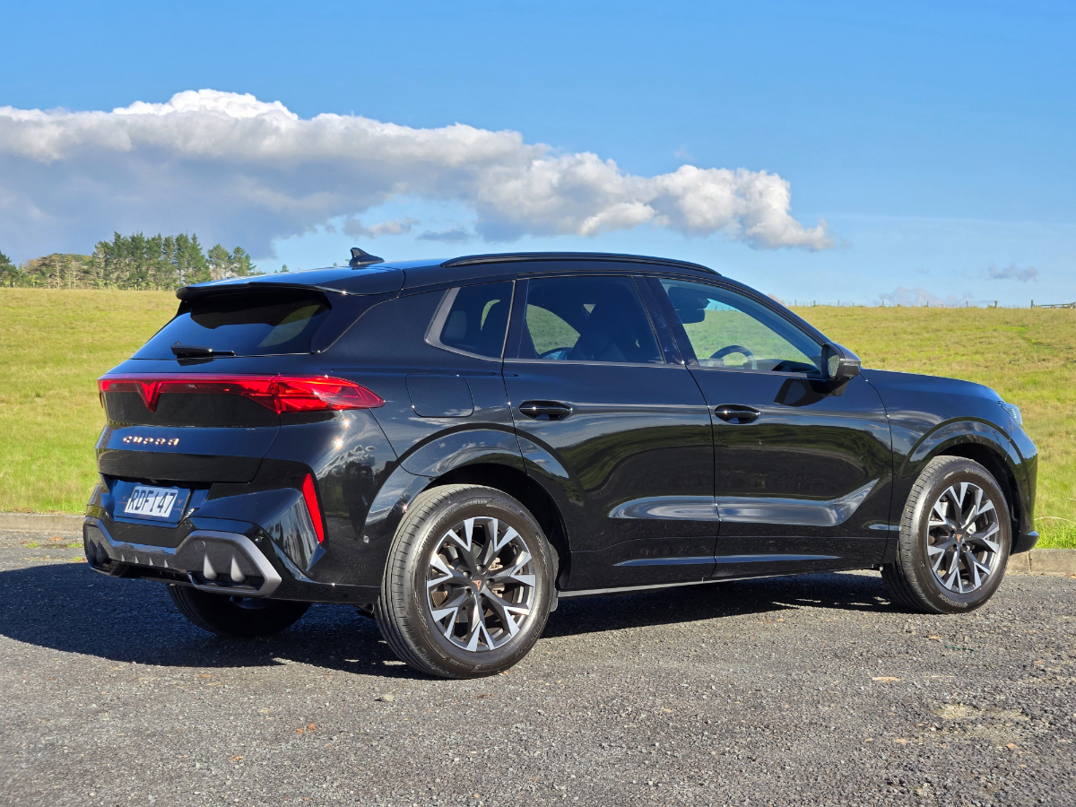
The Terramar V is a lot more expensive than your average entry-level medium SUV and that’s a fact. But it’s also an appealing all-rounder, offering enough of a premium feel that another few thousand for some choice options (that grunty audio, maybe some copper-enhanced alloys) doesn’t feel like over-capitalising.
















